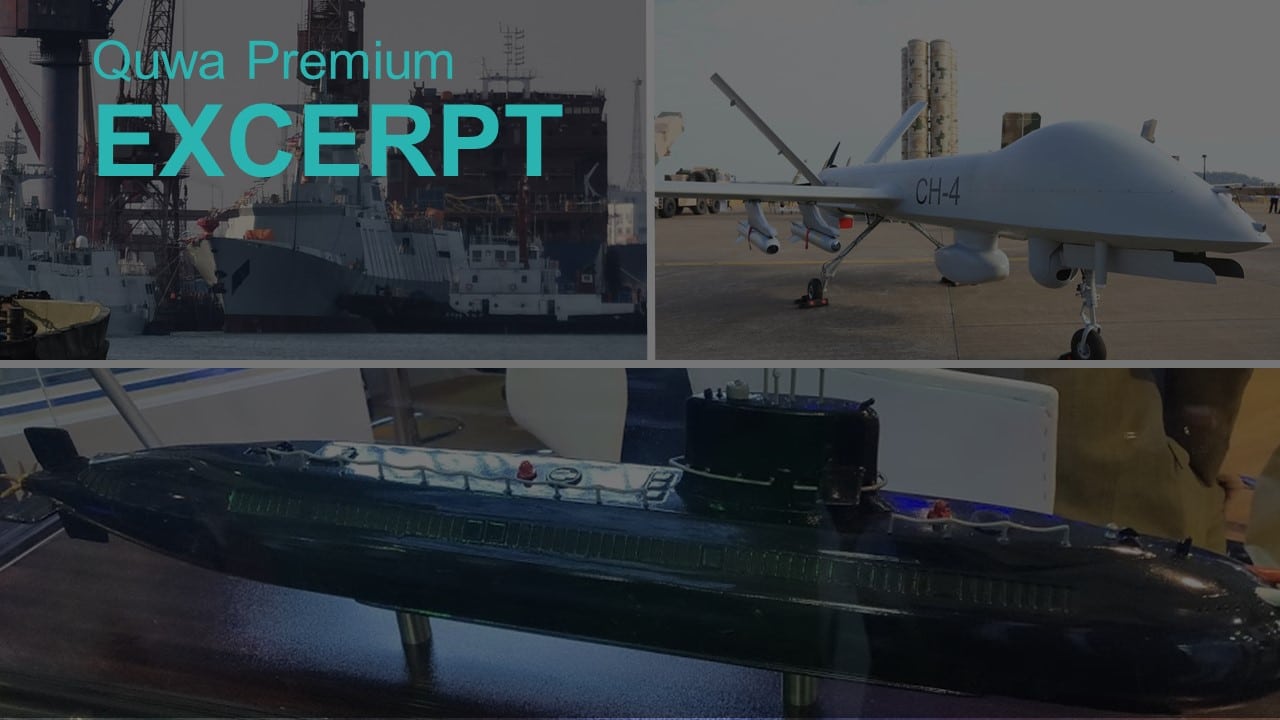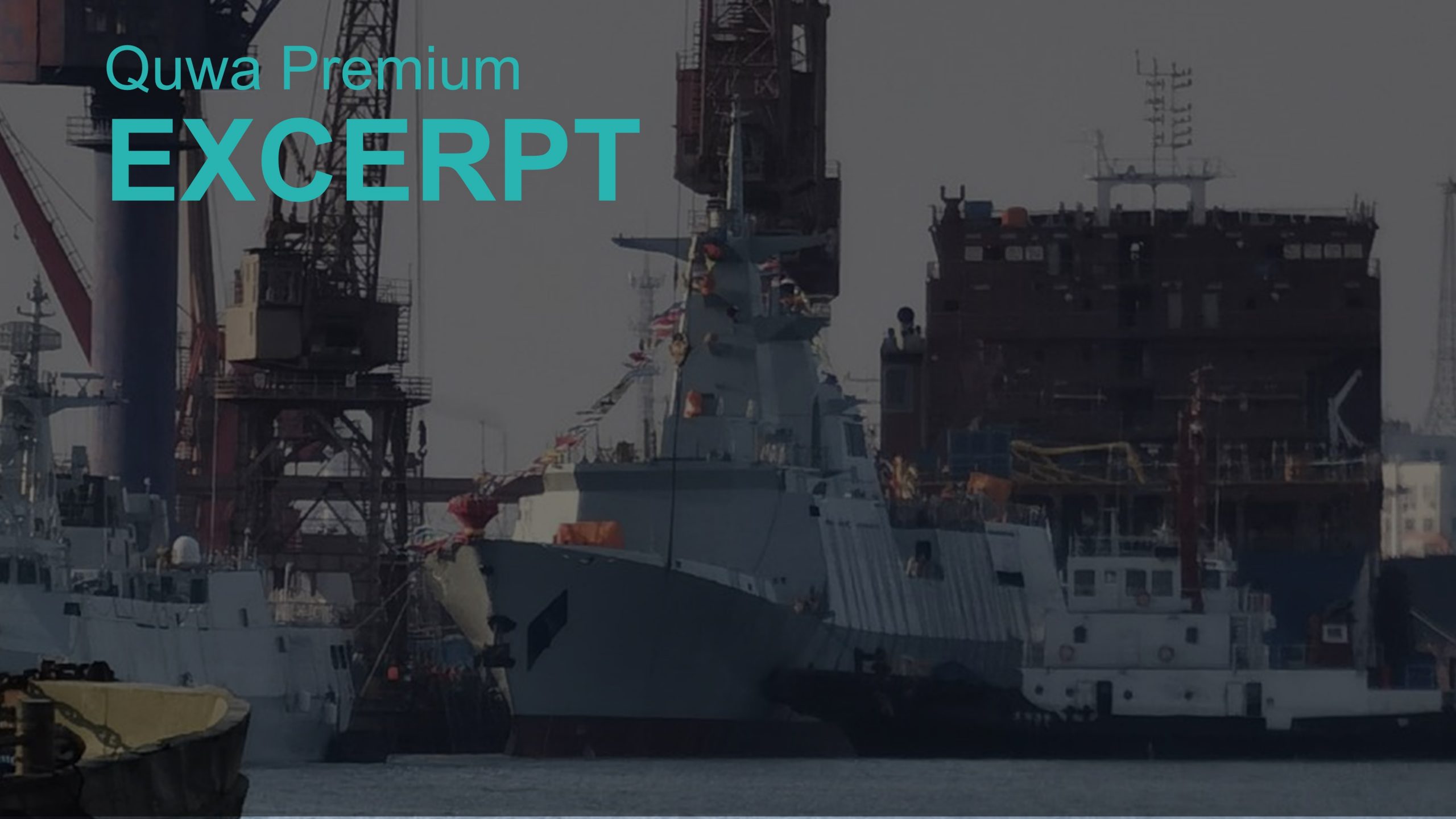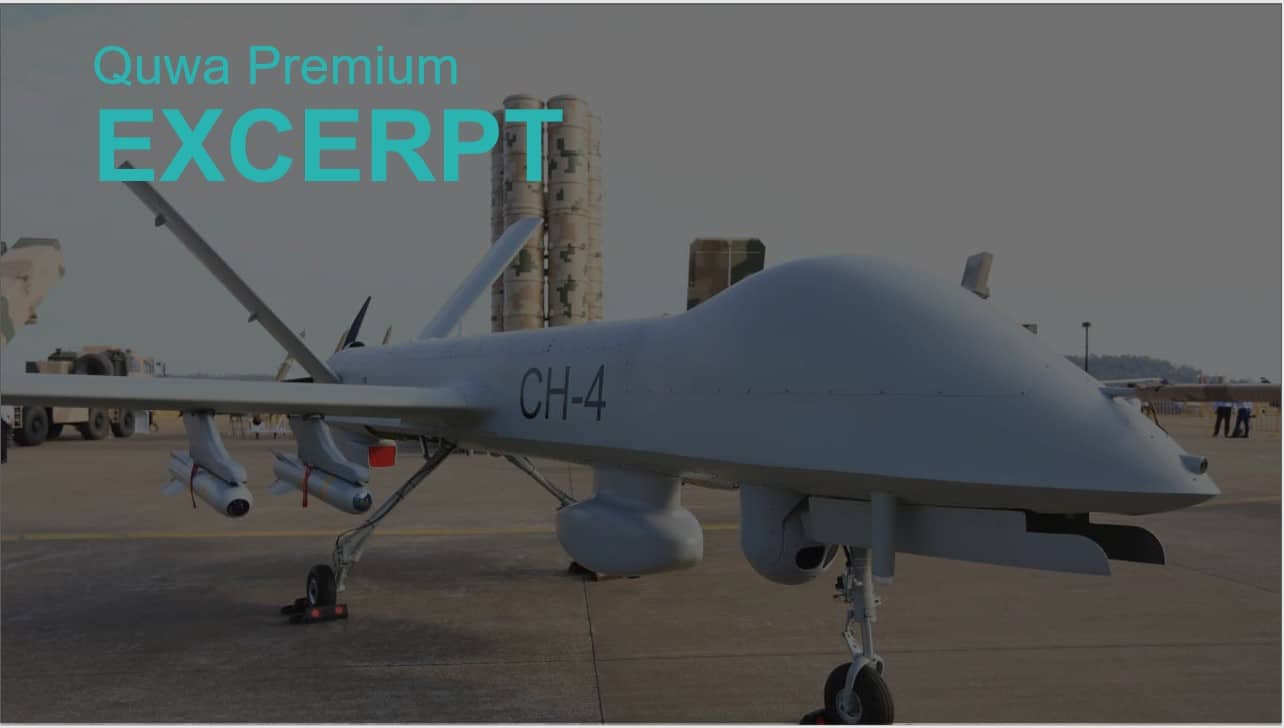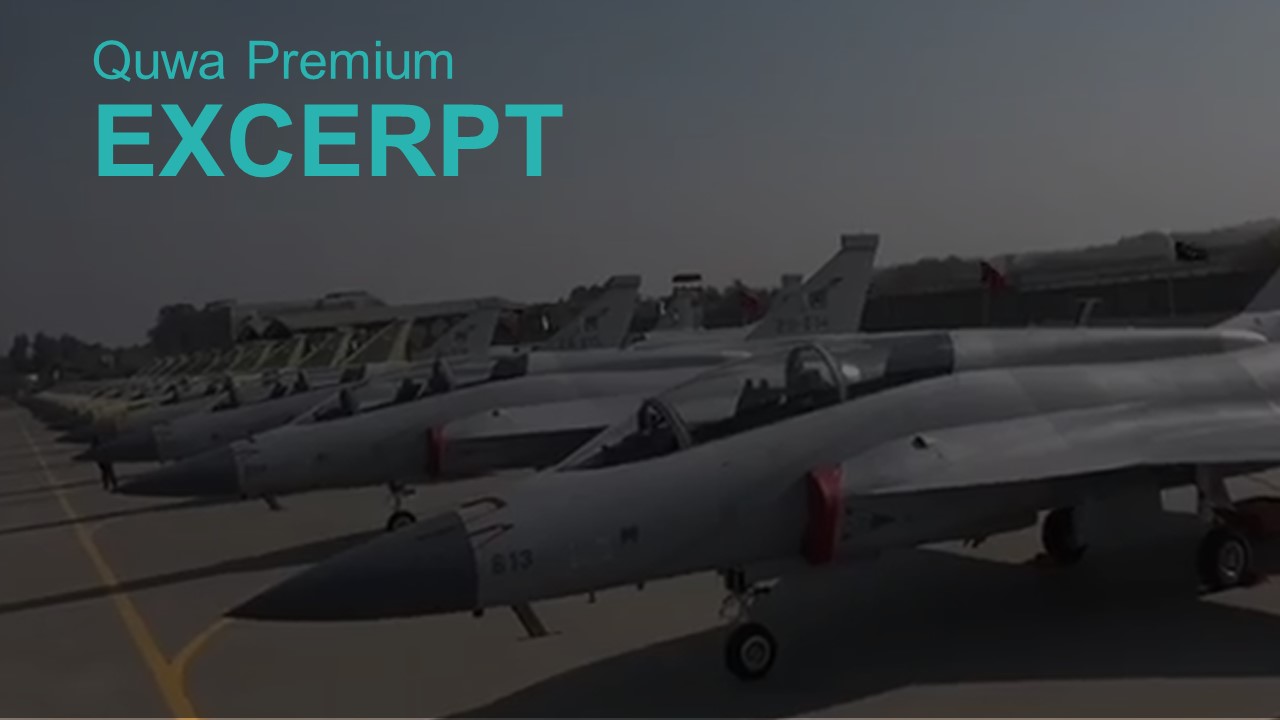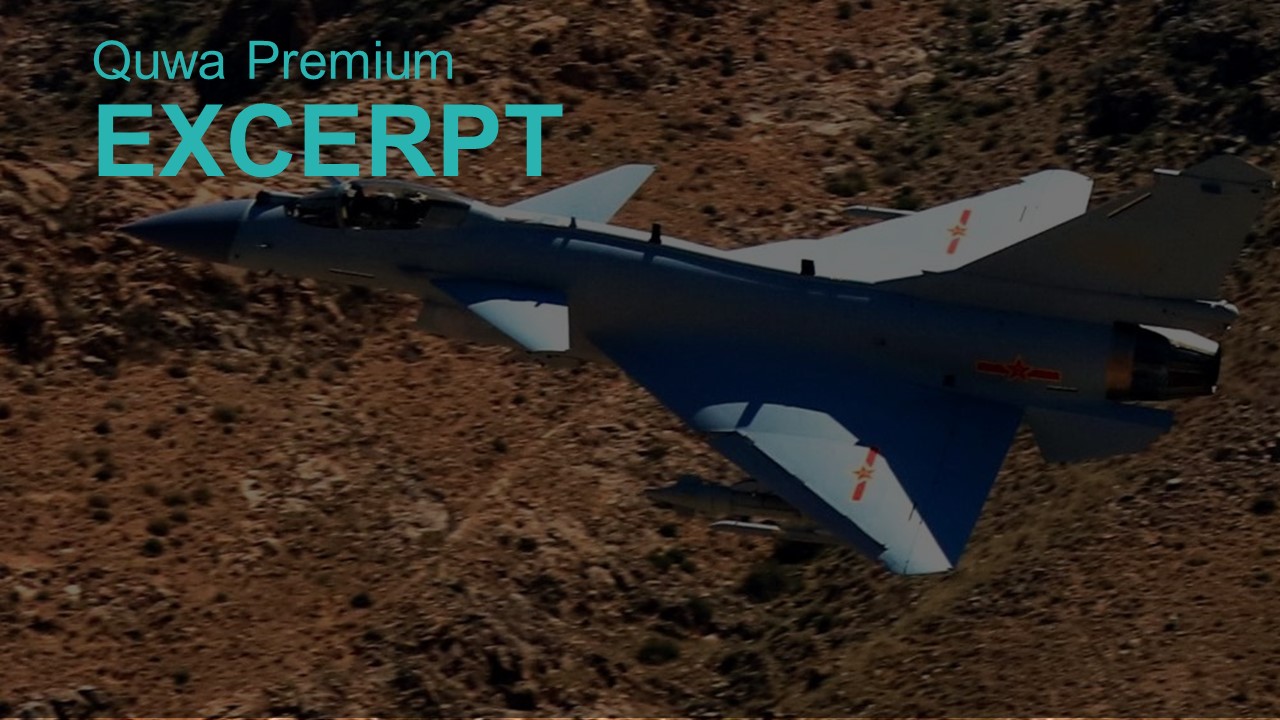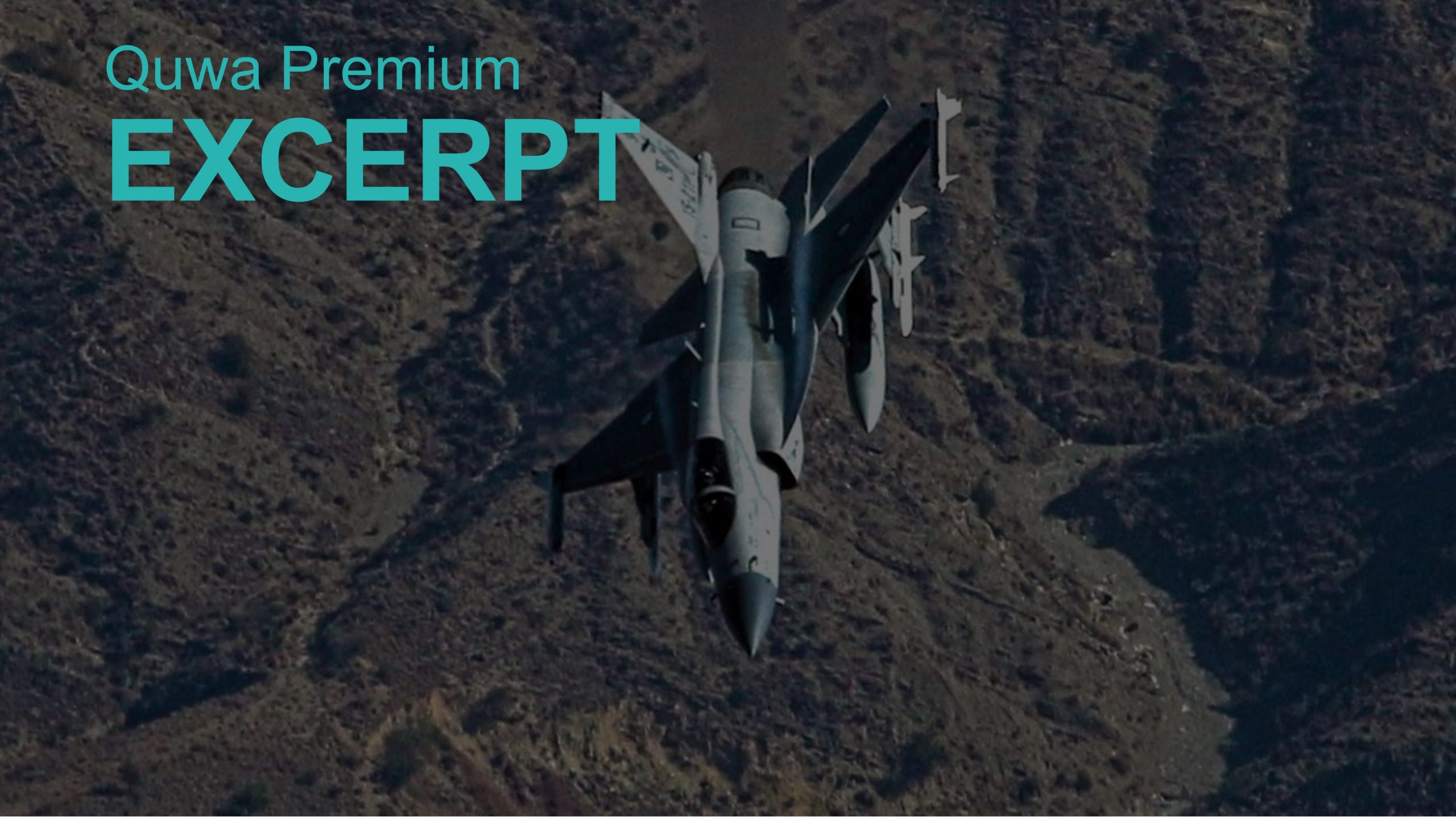In an interview with Global Times, Pakistan’s Chief of Naval Staff, Admiral Muhammad Amjad Khan Niazi, revealed that the Pakistan Navy is looking for new corvettes, submarines, and helicopters.
The Pakistan Navy saw through the launch of its second Type 054A/P frigate in China as well as the start to production of its third MILGEM corvette in Turkey.
On 15 January 2021, the Pakistan Army took delivery of five CH-4 unmanned aerial vehicles (UAV) from Aerospace Long-March International (ALIT).
On 16 January 2021, the Indian Army (IA) showcased a newly acquired drone swarming capability during its annual parade.
On 07 January 2021, Pakistan’s ISPR announced that the Pakistan Army test-fired an indigenous MLRS – Fatah-1 – with a range of 140 km.
On 30 December 2020, Pakistan Aeronautical Complex (PAC) rolled out 14 twin-seat JF-17B fighters for the Pakistan Air Force (PAF). PAC also showed glimpses of its drone and export projects.
The PAF repeatedly signalled an interest for an off-the-shelf fighter to complement its current fleet until a next-generation fighter becomes available.
Turkey’s Bayraktar TB2 has drawn attention for its effectiveness against armoured vehicles and air defence systems in Syria and Libya. Should Pakistan adopt a similar drone-use strategy as Turkey?
In an interview with Pucará Defense, the Chief of the General Staff of the Argentine Air Force, Brigadier Xavier Isaac, revealed that the country will reconsider the JF-17 Thunder.[1] The disclosure follows Buenos Aires’ inability to secure the F/A-50 from Korea Aerospace…
By building partnerships in Turkey, Ukraine, South Africa, Brazil and other countries, Pakistan can create another supply channel for its defence needs, outside of traditional sellers like the America and China.

